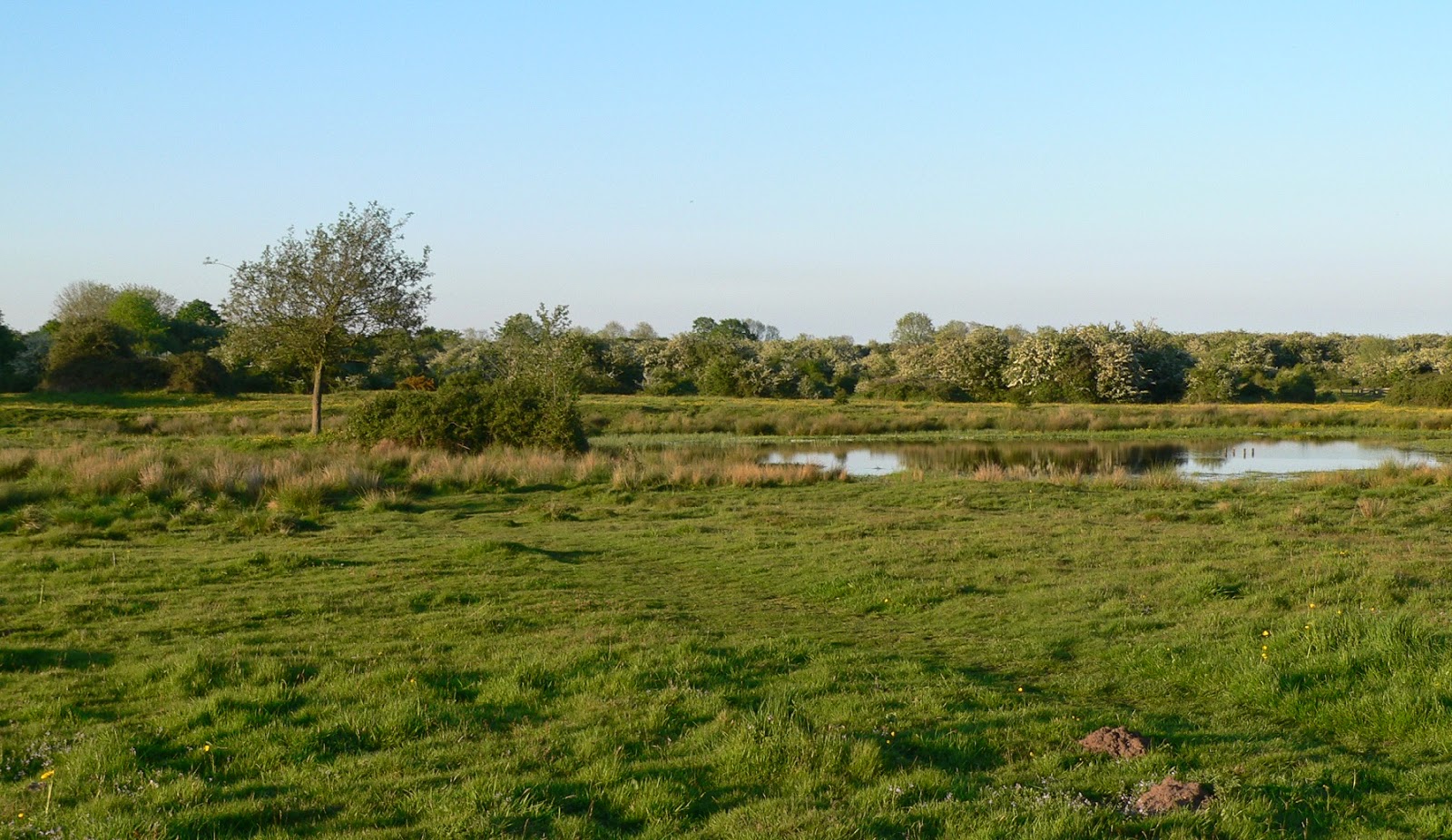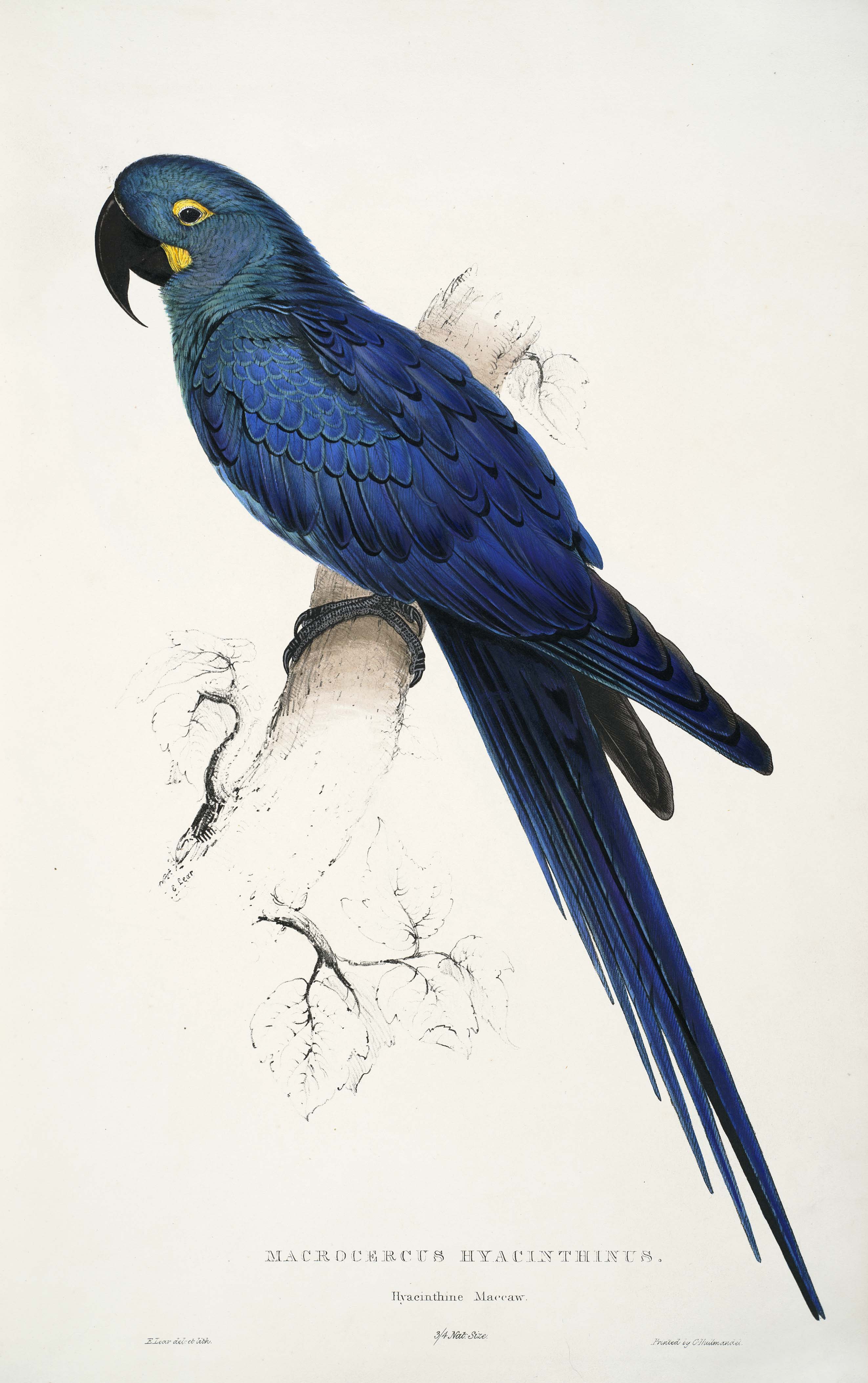 |
| Spittle Mere, New Buckenham Common |
A brief evening trip to New Buckenham Common. The meadows were in full flower, with lovely displays of Meadow Saxifrage
Saxifraga granulata and Green-winged Orchid
Anacamptis morio.
 |
| Meadow Saxifrage Saxifraga granulata |
 |
| Green-winged Orchid Anacamptis morio |
 |
| Green-winged Orchid Anacamptis morio |
 |
| Green-winged Orchid Anacamptis morio |
 |
| Green-winged Orchid Anacamptis morio |
Most curious of all, I had been working all day on a revision of the
conservation status of the large blue
Anodorhynchus and
Cyanopsitta macaws and had finished the day's work with
Blue-and-yellow Macaw Ara ararauna
just in time to leave for New Buckenham. For a minute or two after we
entered the common, I had been subconsciously hearing the harsh
raaak
calls of a large
Ara macaw, but had been ignoring them, probably because they
have for so long been a familiar background sound to me. Suddenly, realising that macaws should not be a usual component of English summer bird
song, I raced after the sounds and traced them to a lonely captive bird
on a sad little plot of built-up land in the middle of the common.
The
traditional spring evening chorus included resident Blackbirds and Song Thrushes,
and conversing Rooks as well as a distant Reed Bunting. Summer visitor vocalists
included Swift, Chiffchaff, Willow Warbler, Blackcap, Garden Warbler,
Whitethroat, Lesser Whitethroat, Swallow, House Martin and... the unmistakeable purring of a
Turtle Dove.
It did not allow us to study it on the perch, but we did have three or four
passable views of the dove in display flight. There is certainly nothing to complain about even a glimpse of this species: its population has plummeted by over 90% since I began birding, almost certainly due to herbicide use, and is now below 14,000 territories.
 |
| The decline of the Turtle Dove Streptopelia turtur in the UK (BTO - ref. below) |
Our final bird was a
Barn Owl, lit by the last of the setting sun as it quartered over the grassland.
References
Baillie, S.R., Marchant, J.H., Leech, D.I., Massimino, D., Eglington,
S.M., Johnston, A., Noble, D.G., Barimore, C., Kew, A.J., Downie, I.S.,
Risely, K. & Robinson, R.A. (2014).
BirdTrends 2013: trends in
numbers, breeding success and survival for UK breeding birds. BTO
Research Report No. 652. BTO, Thetford. http://www.bto.org/birdtrends
Collar, N., Boesman, P. & Sharpe, C.J. (2014). Blue-and-yellow Macaw (
Ara ararauna). In: del Hoyo, J., Elliott, A., Sargatal, J., Christie, D.A. & de Juana, E. (eds.) (2014).
Handbook of the Birds of the World Alive. Lynx Edicions, Barcelona. (retrieved from
http://www.hbw.com/node/54616 on 14 May 2014).










